As we discussed in our “how to choose an appropriate mode of transport” article, choosing the most appropriate mode of transport when exporting your goods to foreign markets significantly influences your business’s international success. However, choosing whether to use sea transport, air freight, road transport, rail freight, or a combination of transport modes requires careful consideration and planning. An obvious consideration is the cost of each individual mode of transport. This article outlines how ocean freight rates are calculated and explains the difference between BAF and CAF in ocean transport.
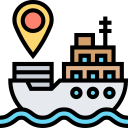
Freight rates in ocean transport
Ocean freight rates are calculated in US Dollars and converted to the local currency of the shipper. The foreign exchange rate used to convert the currencies is determined by the rules governing the trade route concerned. In the case of bulk, breakbulk and ‘less than full’ container loads, the rate is applied per freight ton. A freight ton is either one metric ton or one cubic metre, whichever is the greater. Thus, if a consignment has a mass of 12 metric tons and a volume of 16 cubic metres, the freight rate will be applied to the volume, which is the higher number, not to the mass.
BAF VS CAF
A currency adjustment factor (CAF) may be applied to the freight rate if payment for expenses in various ports is made in currencies which are fluctuating in value against the US dollar. If the local currency of a particular port is gaining in value against the US Dollar, the CAF will increase the freight cost. However, if the local currency is losing value against the US Dollar, the CAF will reduce the freight cost. A bunker adjustment factor (BAF) is applied to the freight rate to compensate for any fluctuation in the cost of bunkers (vessel fuel) at various ports of call. As with CAF, BAF can either increase or decrease the freight rate depending on whether the costs of bunkers are rising or falling in US Dollar terms.

Choosing an appropriate mode of transport when exporting products to foreign buyers will require an assessment of your product characteristics, your geographical location relative to your buyer, the agreed-upon details of your international sales contract, and the various costs involved. Failure to assess all the costs involved in a particular mode of transport could negatively affect your business’s bottom line. To ensure you understand all the essentials of the various modes of transport and their associated processes, Trade Forward Southern Africa, in collaboration with the International Trade Institute of Southern Africa, has created a free and comprehensive online training course. The TFSA School of Export provides training on all aspects of transporting goods, including modes of transport, multimodalism, and how to cost an export drive accurately. Click the link below to sign up for free and get started.
To sign up to the School of Export CLICK HERE.
If you already have a profile, CLICK HERE to login to begin the module.
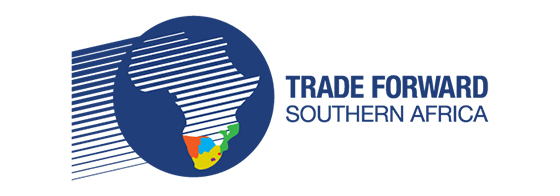
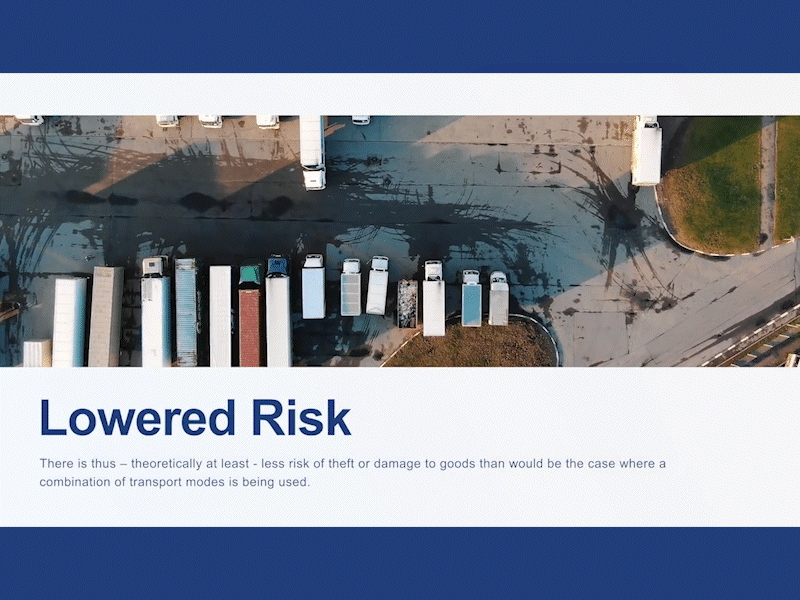
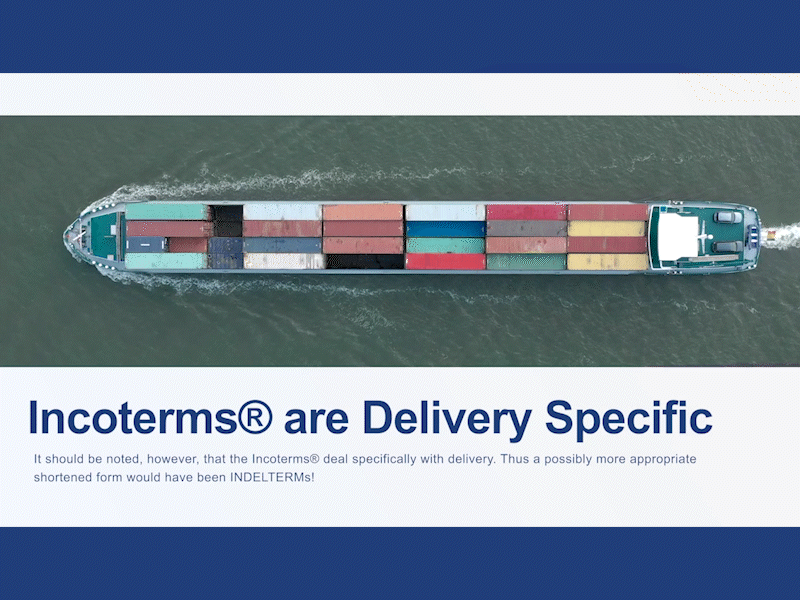
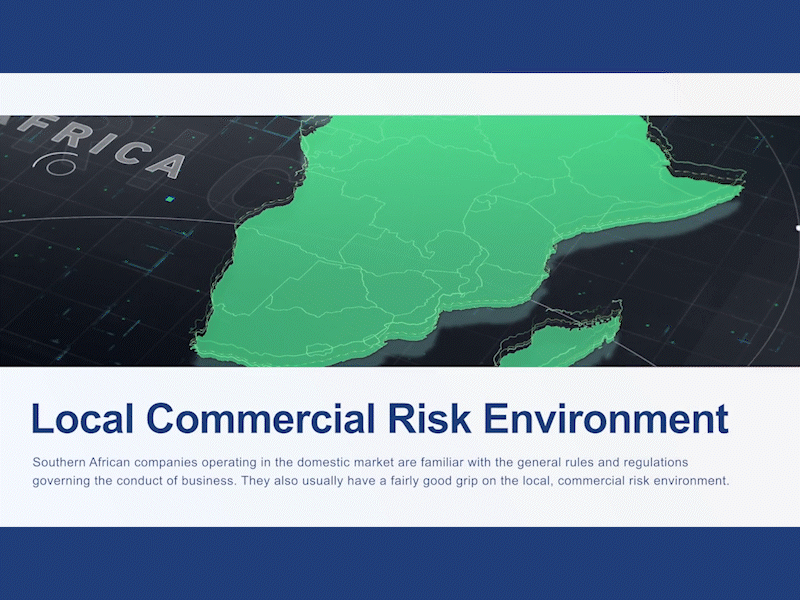
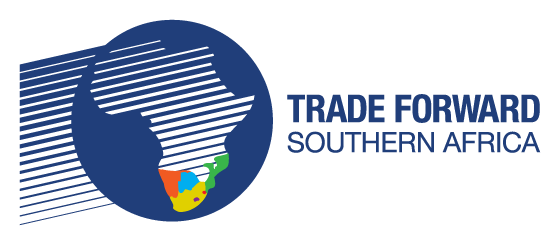
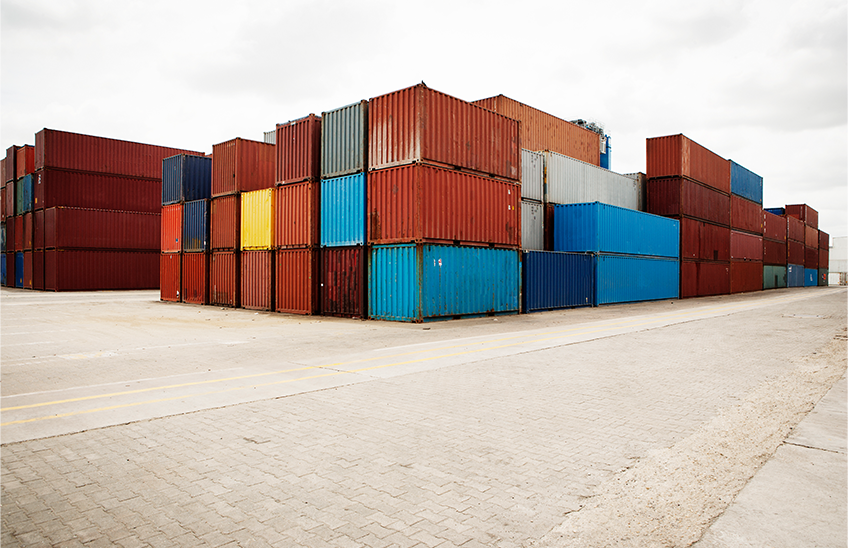




Leave a Reply